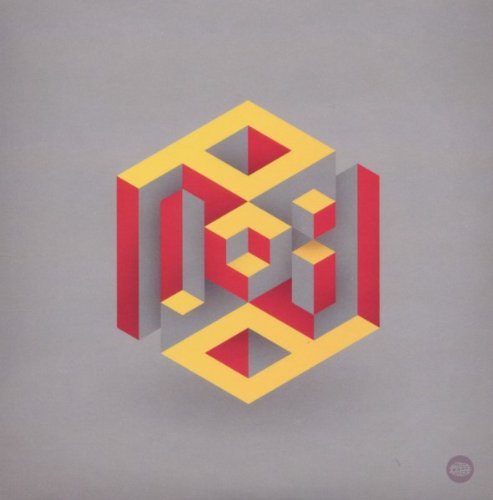
Plaid
Scintilli
Release Date: Sep 27, 2011
Genre(s): Electronica, Techno, Ambient Techno, IDM, Neo-Electro, Electro-Techno
Record label: Warp
Music Critic Score
How the Music Critic Score works
Buy Scintilli from Amazon
Album Review: Scintilli by Plaid
Fairly Good, Based on 6 Critics
Based on rating 7/10
Plaid's previous two works were soundtracks, one to accompany a feature film (2008's Heaven's Door) and the other a multimedia collaboration with Bob Jaroc (2006's Greedy Baby). Their return to music-making on their own terms after five years isn't the energized affair listeners might expect, though. Their trademarked variety of IDM, which you could call manic-beat/depressive-effects, is in effect and still not sounding much changed from its debut in the late '90s.
Based on rating 3.0/5
The wealth of fresh new artists coming into the electronic music scene tends to get all the attention these days, but there's just as much to talk about with older artists and the way that they mature. Since the "reverse trilogy" of Not For Threes, Rest Proof Clockwork and Double Figure, general consensus has been that Plaid haven't really been on the same form. The body of work since then that has included Spokes, and the work they've done with visual art, film soundtracks and gamelan has often been noteworthy, but rarely sensational.
Based on rating 3/5
In Alessandro Baricco’s novella Silk, the Japanese silk-baron Hara Kei keeps a giant aviary in his courtyard, “containing an incredible number of birds, of every species: a spectacle. ” According to our hero, Hervé Joncour, who plans to construct a similar building in le Grand Sud-Est français, “you fill it up with birds, as many as you can, then one day when something good happens to you, you throw it open and watch them fly away. ” Given its beautiful typefaces, obscured titles, and muda na mono packaging, it’s immediately apparent that, with Scintilli, Plaid have lost none of the post-human playfulness that has helped distinguish their 20-year shift at the coalface of designer breaks.
Based on rating 5.8/10
Over the past several years, as European electronic music's moved from its all-minimal-everything phase into fuzzier areas, I've made a mental note of comparing no less than a dozen young producers to Plaid. I didn't listen to Plaid-- British production duo Andy Turner and Ed Handley-- very much, not even their 1999 mini-masterpiece Rest Proof Clockwork. Instead they remained faintly but firmly ensconced in my memory, the result of a burgeoning electronic music fan seeking a group Radiohead wasn't constantly namedropping (scratch Aphex Twin, Autechre), but that was still available at Sam Goody.
Opinion: Excellent
A strong set mixing their traditionally restless energy with focused momentum. Mike Barnes 2011 As members of The Black Dog and under various aliases – including Balil and Atypic – Andy Turner and Ed Handley emerged into the so-called Intelligent Techno scene of the 1990s, becoming Plaid in 1991. Their particular intelligence manifested itself in a peculiarly sophisticated approach to rhythm and melody, which broke out of the foursquareness that so limited their less-inspired peers.
Opinion: Fairly Good
So there you'll be, discussing electronic music with likeminded nerds as you do, when some unsuspecting soul dawdles straight into the semantic minefield called 'the IDM argument'. This is the Godwin's Law of electronica: Once invoked, meaningful commentary ceases, dissolving into outcry, malaise and general pedantry all round. It's true, “Intelligent Dance Music” is one of the worst genre terms to exist in a world where “pronk” and “rape gaze” are actual things.
'Scintilli'
is available now

